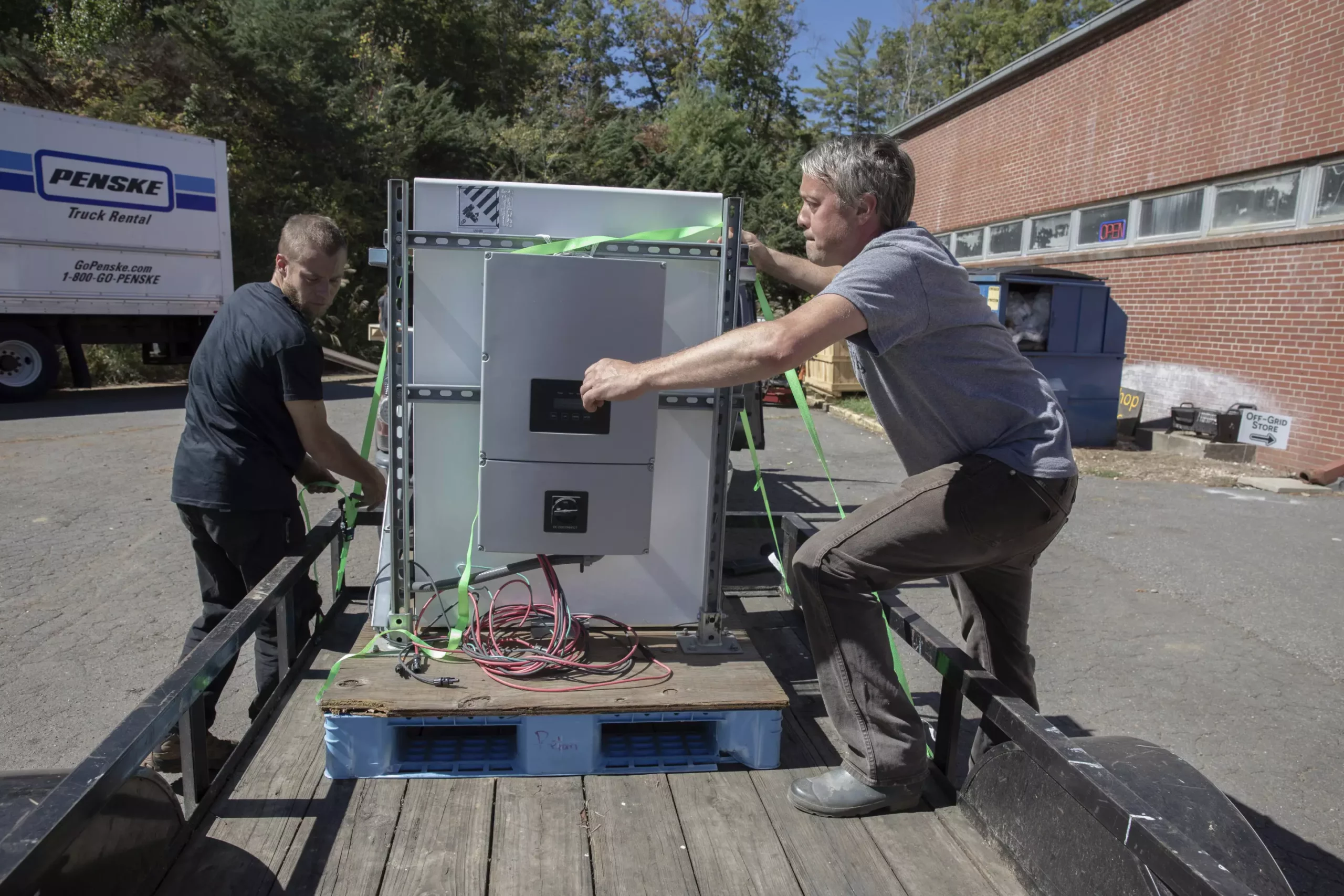In the wake of Hurricane Helene’s devastating impact on the mountainous regions of North Carolina, communities are grappling with the profound silence that follows the chaos of the storm. Each generator that hums to life in a desperate bid for power serves as a stark reminder of the havoc wreaked by nature. As individuals like Bobby Renfro attempt to generate a semblance of normalcy in Tipton Hill, the struggles of those affected reveal deeper issues concerning resource access, isolation, and the urgent necessity for sustainable energy solutions. In the aftermath, the reliance on gas generators—characters in this ongoing narrative—has morphed into a burdensome odyssey marked by noise, cost, and environmental concerns.
Renfro’s community is emblematic of what many others are experiencing: a desperate lack of resources in a rugged landscape that complicates assistance. His generator is a lifeline; it fuels essential medical equipment, preserving medications and ensuring that vital health care needs are met. However, the exorbitant costs associated with maintaining this generator, both in terms of fuel and initial investment, pose a significant challenge.
As of the most recent reports, over 43,000 households remain without power in the western part of the state, a reminder of the storm’s relentless destruction. Without access to electricity, residents face severe repercussions: medications spoil, clean water remains unpumped, and communication with the outside world becomes tenuous. Efforts to restore power are hampered by treacherous terrain and significant infrastructure damage, highlighting not just the persistence of the storm’s aftermath but also the resilience required for recovery.
Local electric cooperatives and utility companies are facing an uphill battle; the restoration process is often more akin to rebuilding than mere repairs. As they navigate the dense forests and debris-laden roads, the emergency response on the ground sheds light on the complexities of disaster relief. Kristie Aldridge’s words about rebuilding from the ground up encapsulate the grit required to bring these communities back to life.
Amidst the struggles for power, the pervasive use of gas generators introduces another layer of concern. These devices, often viewed as a quick solution, can be toxic and hazardous when used continuously over long periods. The reliance on fossil fuel not only increases financial strain on families but also contributes to environmental degradation. Local residents are faced with the dual challenge of maintaining health and safety while grappling with the consequences of their energy needs.
Nonetheless, the tides are beginning to turn. Innovative solutions are emerging from organizations like the Footprint Project, which is actively deploying solar-powered infrastructure to address both immediate and long-term energy challenges. This initiative embodies the shift towards sustainable practices in energy generation, providing communities with cleaner, quieter options.
In the face of overwhelming despair, the delivery of solar generators to Renfro and other community hubs signals a much-needed shift towards sustainability. The significance of this effort cannot be understated; it represents a commitment to not only assist those in need but also to pave the way for more resilient and environmentally responsible energy solutions.
The integration of solar technology reflects a broader recognition that sustainable energy can play a pivotal role in disaster recovery. Through partnerships with local solar installation companies, the Footprint Project is supplying communities with viable energy alternatives that promote both health and environmental stewardship. As the sun shines down on the solar panels now nestled in grassy clearings, there comes a renewed sense of optimism.
As the community moves forward, the story of Hurricane Helene morphs from one of destruction to one of resilience and innovation. The hybrid approach of immediate assistance supplemented by sustainable energy solutions illustrates a promising direction for disaster response.
Individuals and organizations are coming together, pooling resources and expertise in a collective effort to support those affected. As reported, even innovative logistical strategies—like using helicopters to transport critical supplies—demonstrate the lengths to which volunteers will go to support one another. The message reverberates loud and clear: there will be a long road ahead for recovery, but unity and adaptation offer a glimmer of hope amidst the ruins.
The challenges faced by communities like Tipton Hill serve as vital reminders of the need for increased preparedness, resilience, and sustainable planning in the face of natural disasters. As we move forward, the lessons drawn from this disaster will not only shape immediate responses but will also influence long-term strategies to build stronger, more equitable communities capable of weathering future storms.


Leave a Reply
You must be logged in to post a comment.